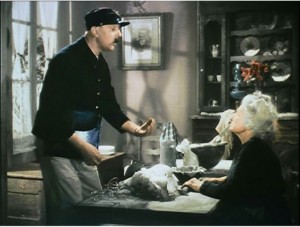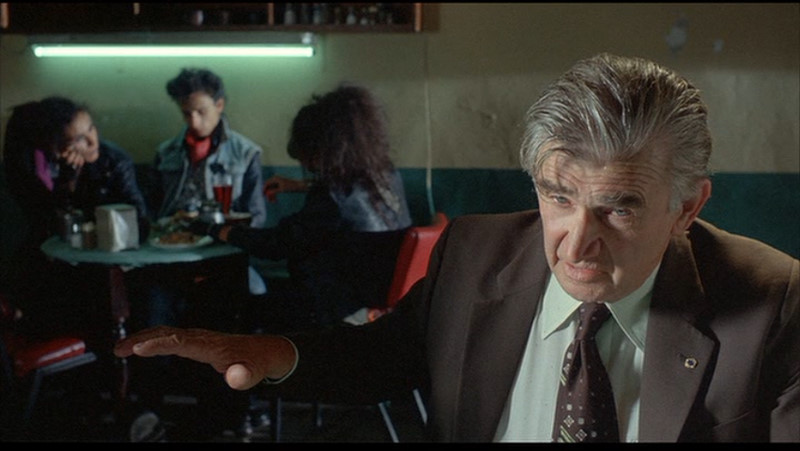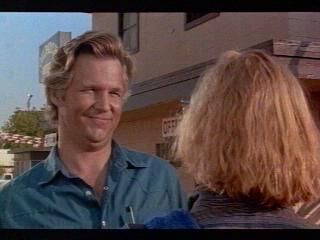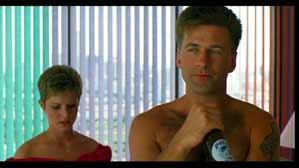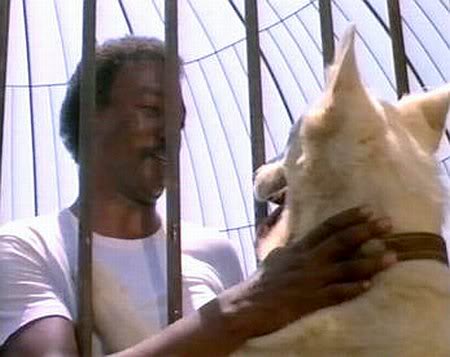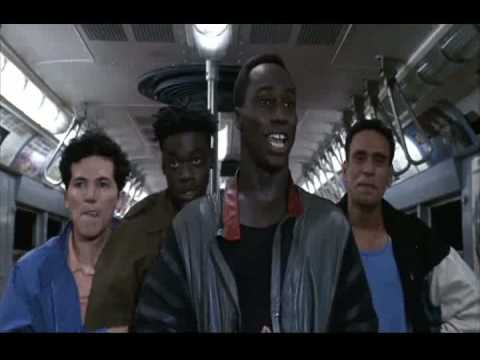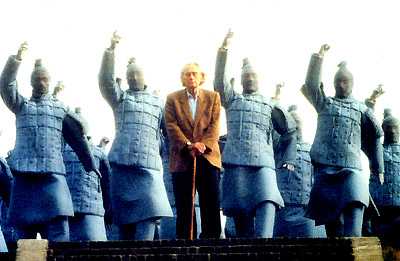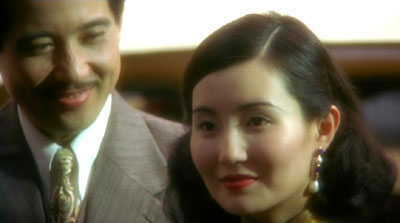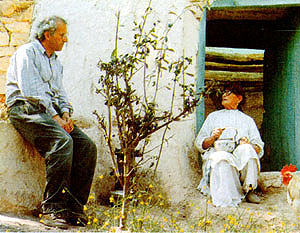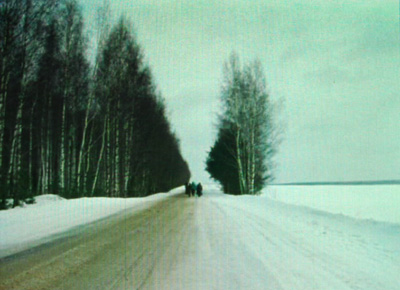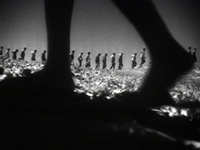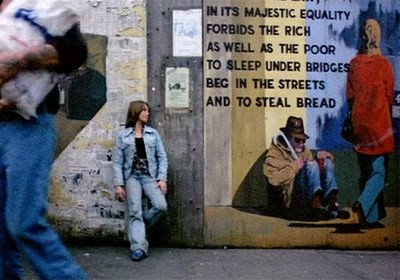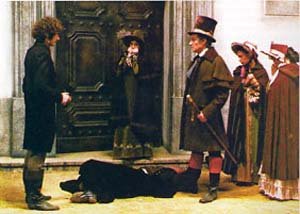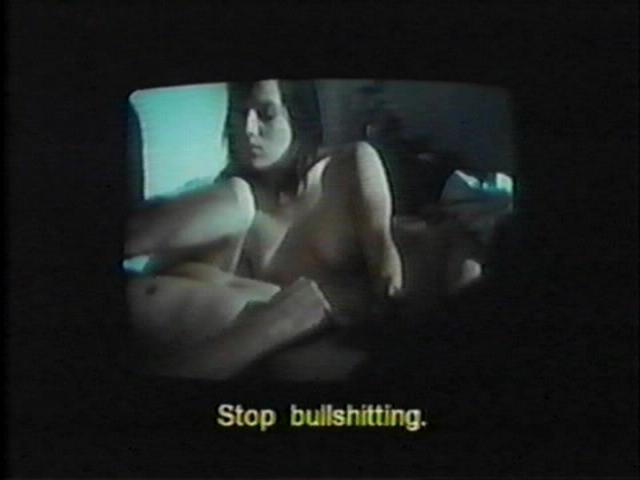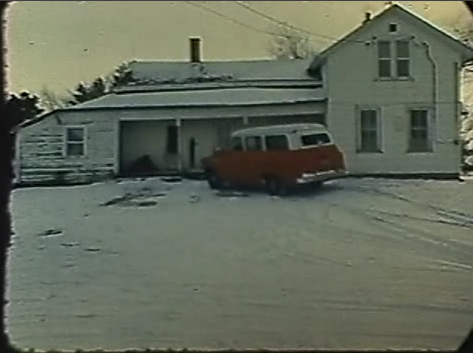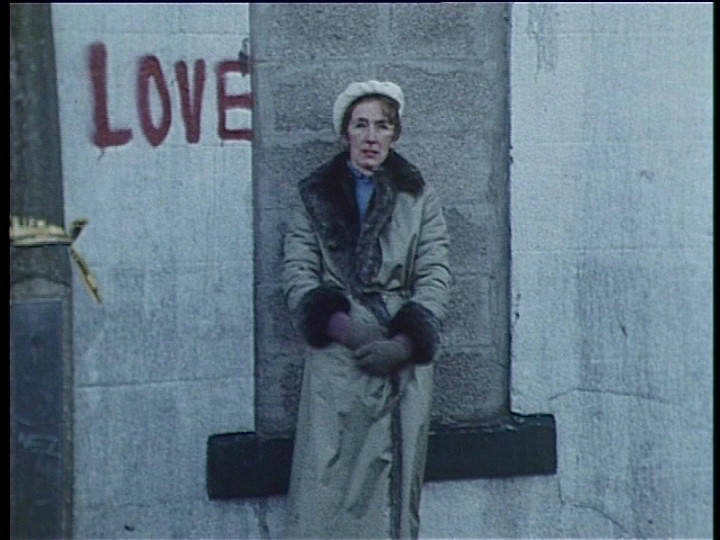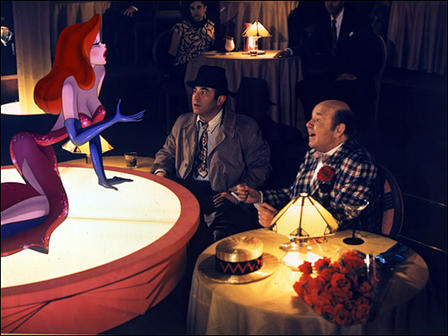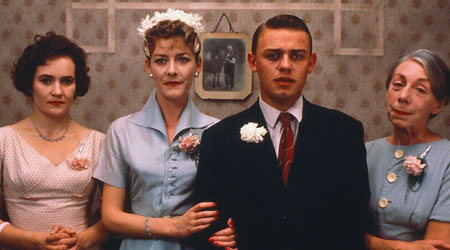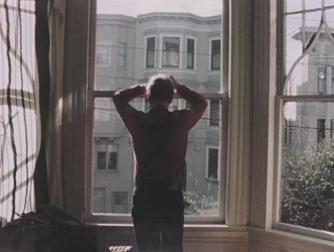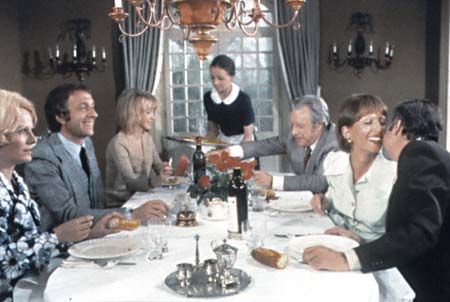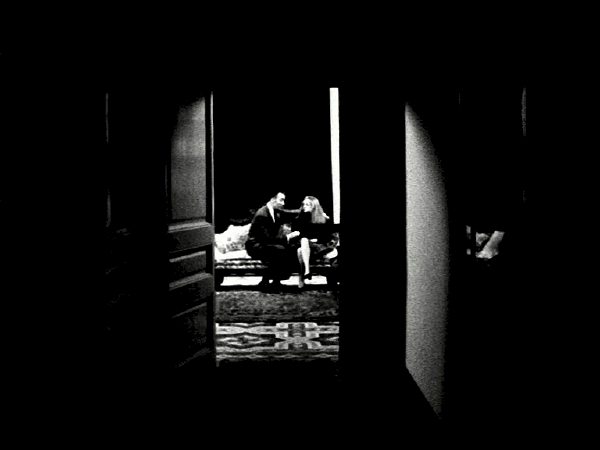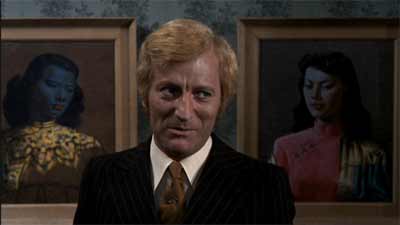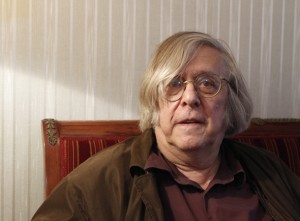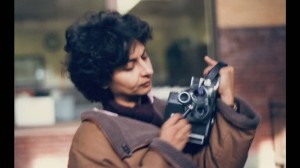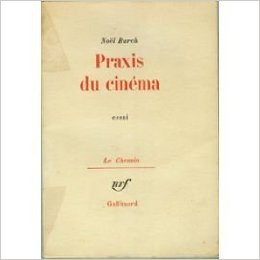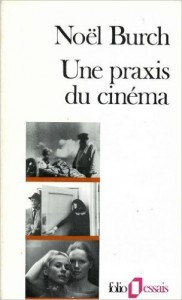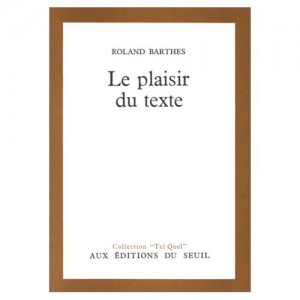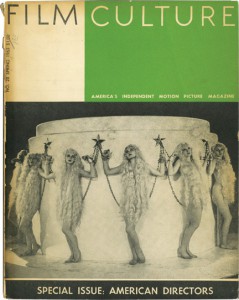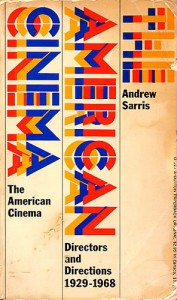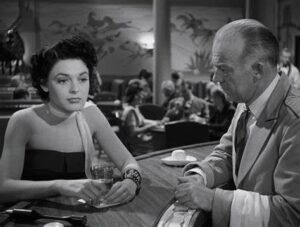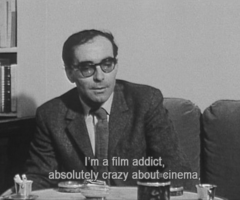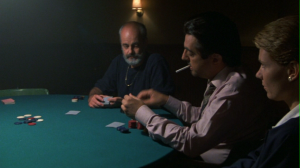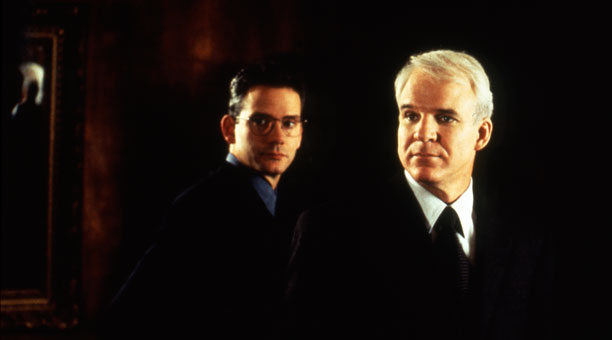Written in Summer 2014 for the seven-disc Criterion Blu-Ray box set, “The Complete Jacques Tati”, and posted on Criterion’s web site on October 28. — J.R.
Even though he was a skilled pantomimist, it’s impossible to imagine Jacques Tati as a film artist without his use of sound, and it’s not always easy to imagine his filmic universe minus color: two of his six features exist in black and white, but only the second of these, Monsieur Hulot’s Holiday (1953), was intended exclusively for that format. Tati had a sense of design in terms of both sound and image that expressed itself in painterly “touches” — strategic dabs that informed and inflected his overall compositions. (This shouldn’t be too surprising from the grandson of the man who framed van Gogh’s canvases.)
The fact that he always shot his films without sound and composed his soundtracks separately made it easier for him to use images and sounds interactively, employing sound in part as a way of guiding how we look at his images, by stimulating and directing our imaginations. This means that any discussion of Tati’s mise en scène has to cope with the reality that he effectively directed each of his films twice — once when he shot them and then once again when he composed and recorded their soundtracks. Read more

